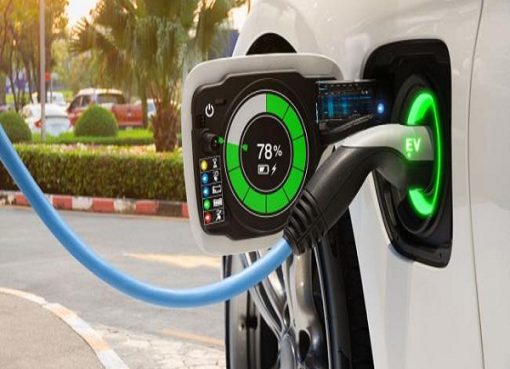National governments should consider mandating real-time indoor air quality monitoring in at least all public buildings, researchers have said.
While effective, vaccination has not completely controlled the spread of the virus, with the vast majority of transmission now thought to occur indoors in poorly ventilated spaces.
Although two years have passed since it was officially recognised that airborne transmission spreads the virus, and some efforts have been made, there have been no significant improvements in building ventilation, the study found.
“In the absence of a worldwide effort to improve building ventilation, it is likely that poorly ventilated buildings will remain common, meaning that airborne transmission of SARS-CoV-2 will continue. Moreover, if another novel and highly contagious respiratory virus emerges in the future, another pandemic is likely to occur,” said Yuguo Li, professor at the University of Hong Kong.
The researchers note that there are likely more than a billion indoor spaces in the world, and identifying those with poor ventilation remains a challenge.
For effective improvement, technologies need to be developed that can identify where ventilation is insufficient while also considering the building’s energy efficiency in light of the impact on climate change.
The researchers suggest that without governments establishing mandatory requirements for building ventilation performance, building owners are unlikely to choose to monitor ventilation performance.
Real-time hourly ventilation rates are needed to properly determine their performance, although this is an “unrealistic goal at present”, the study found.
However, broad datasets of general building performance could be used to create a predictive tool at much lower cost that real-time assessments.
Integrating predictive tools with internet of things, big data, and machine learning approaches would give scientists a way to assess the ventilation performance of buildings, the researchers said.
“We remain optimistic that future innovation will result in advances in economic monitoring and predictive tools for determining ventilation performance in the billions of indoor spaces worldwide,” Li added.
Source: E&T










